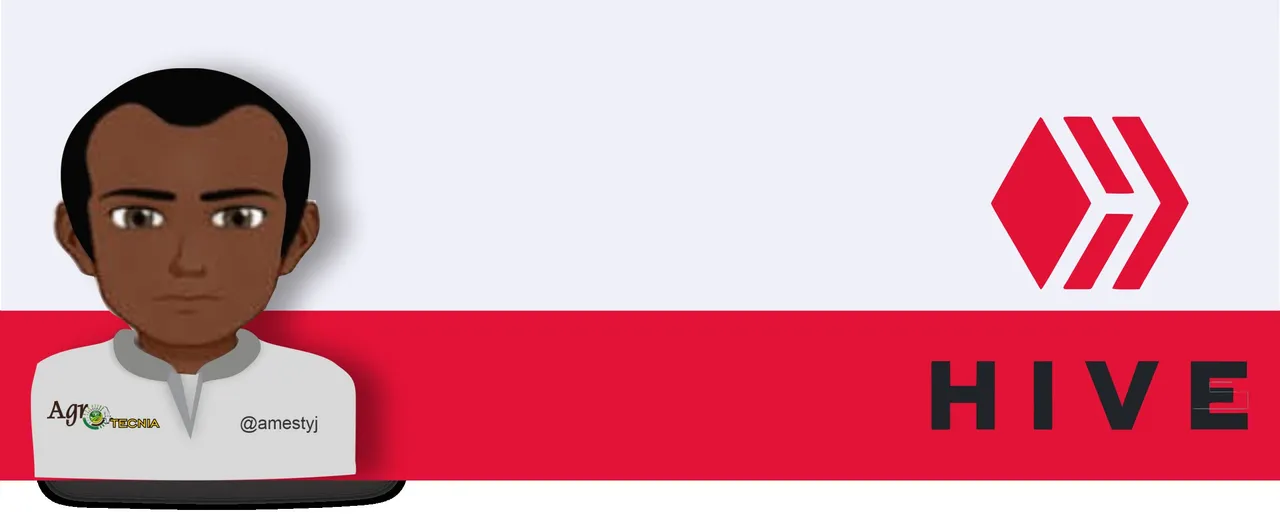Integrated crop management (ICM) is an agricultural production strategy that seeks to optimize crop yield and quality, while minimizing negative impacts on the environment and human health.Unlike conventional agricultural methods, ICM is based on agroecological principles that promote sustainability and biodiversity.

It is necessary to adopt integrated crop management practices to eliminate the excessive and sometimes unnecessary use of synthetic products, it is necessary to promote the diversity of crops, varieties and species to reduce vulnerability to pests and diseases, improve soil health and increase the resilience of agroecosystems. To take advantage of the beneficial interactions between different elements of the agroecosystems, such as crops, microorganisms and beneficial fauna, to minimize the loss of nutrients and energy through the recycling of organic waste and the capture of atmospheric nutrients, to develop production systems capable of adapting to climatic variations and changes in environmental conditions.
Among the components to be considered in integrated crop management are the following:
1.Preparation of the soil:
- Crop Rotation: Alternating different crops to improve soil structure, reduce the incidence of pests and diseases and increase fertility.
- Organic fertilizer: Use organic fertilizers such as compost, manure and biofertilizers to improve soil quality and supply nutrients to crops.
- Plant coverings: Planting cover plants to protect the soil from erosion, improve structure and increase organic matter.
2.Planting and cultivation:
- Planting Density: Adjust the planting density to soil and climate conditions to optimize crop yield and quality.
- Crop Association: Planting different crops together to improve space utilization, pest control and nutrient capture.
- Efficient Irrigation: Use efficient irrigation systems to optimize water use and reduce soil salinization.

3.Pest and disease management:
- Biological Control: Using natural enemies of pests and diseases to reduce the use of chemical pesticides.
- Constant monitoring: To regularly monitor pest and disease populations in order to make timely management decisions.
4.Harvest and post-harvest:
- Harvest at the optimal time: Harvest crops at the moment when they reach their maximum nutritional and commercial quality.
- Proper postharvest management: Storing and transporting crops under suitable conditions to prolong their shelf life and reduce losses.

The practices mentioned above bring with them greater sustainability because there is a lower environmental impact, conservation of natural resources and reduction of pollution, also higher food quality, because more nutritious and safe foods for human consumption are obtained because they contain few residues of synthetic products, you can have greater profitability by reducing production costs and greater added value of the products, in addition to having an agroecosystem with greater resilience because they adapt to climatic variations and changes in environmental conditions.
Dear readers, the implementation of the MIC presents some challenges, such as the need for training of farmers, the availability of organic inputs and adaptation to different agroecological conditions. However, it also offers numerous opportunities for rural development, job creation and improved food security. A permanent training plan in agroecology is important and would be a long-term investment that contributes to the construction of a more just, sustainable and resilient food system. By training people in agroecological practices, innovation, adaptation to climate change and improvement of the quality of life of rural communities are promoted.
Thank you for reading our articles, until a next installment.
| Bibliographic references |
|---|
- School agroecologica Ezequiel Zamora (2009). Compendium on aggrecology. Ministry of People's Power for Education. Venezuela.

Sources
- Photography and images: All photographs and images are the property of the author @amestyj
- Agrotecnia banner: made by the author @amestyj with own images
- Hive Banner: Designed by the author @amestyj with image owned by hive.


